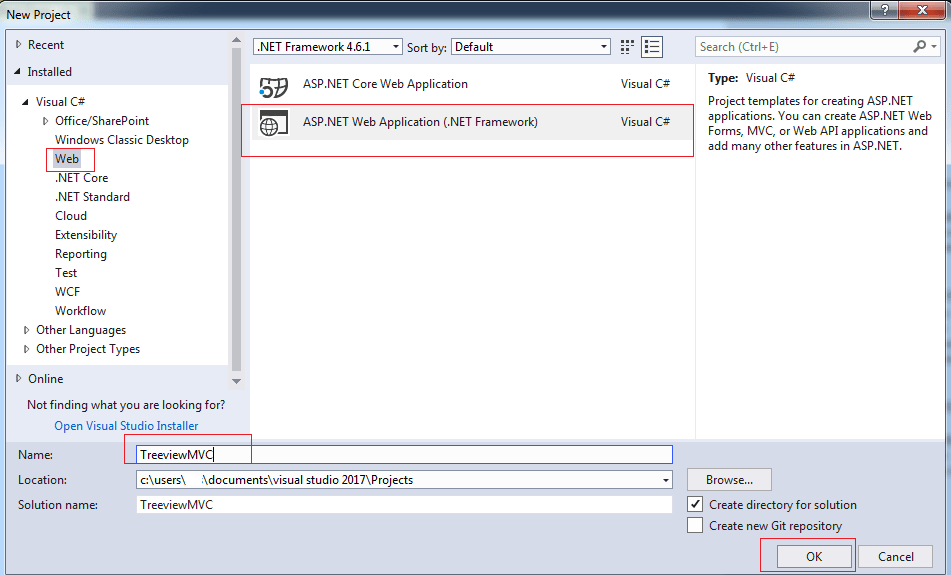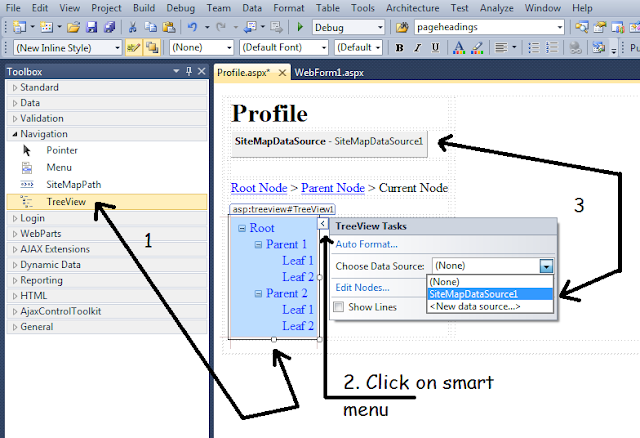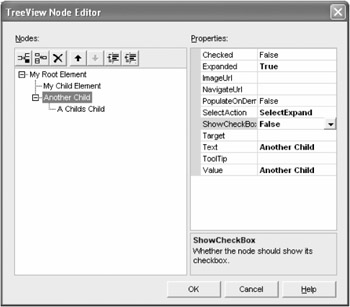

For example, you can use the TreeView control to display a simple navigational menu for a Web site. The easiest way to use the TreeView control is to specify a static set of tree nodes.

Once the XML data is bound to the XmlDataSource control, this control can then act as a source of data for other data-bound controls such as TreeView and Menu.

Menu system – A menu system can also use an XML document as its input and displays the contents of the XML document in a hierarchical manner.SiteMap – Sitemap is nothing but an XML format that provides a consistent way of describing the navigation structure of a web site including all the pages contained in that web site.XML – XML documents are self-describing meaning that the metadata that is required to qualify the data is actually contained in the XML document itself providing a flexible way of handling XML data.
#TREEVIEW IN ASP NET WINDOWS#
Folders – The way folders are structured in a Windows file system denotes a hierarchical way of storing data.Us understand the common types of hierarchical data. Before we go onto take a look at the TreeView, let XmlDataSource to display hierarchical information. Of the important controls that can be easily bound to data source controls such as SiteMapDataSource,
#TREEVIEW IN ASP NET SERIES#
ASP.NET hasĪ series of controls that make it both easy and logical to utilize hierarchical data. One of the important ways of organizing data which now pervades IT is hierarchical data.
#TREEVIEW IN ASP NET HOW TO#
How to apply XSL transformation on XML data before displaying that information in a TreeView control. New control in depth and understand how to use this feature rich control in your ASP.NET applications.Īpart from statically data binding the TreeView control with the contents of an XML file, we will alsoĭemonstrate how to populate this control dynamically by adding nodes at runtime. You can use the TreeView control to display information from a wide variety of data sources suchĪs an XML file, site-map file, string, or from a database.

Information from hierarchical data sources such as an XML file and then display that information. ASP.NET 2.0 introduces a new control named TreeView that provides a seamless way to consume


 0 kommentar(er)
0 kommentar(er)
